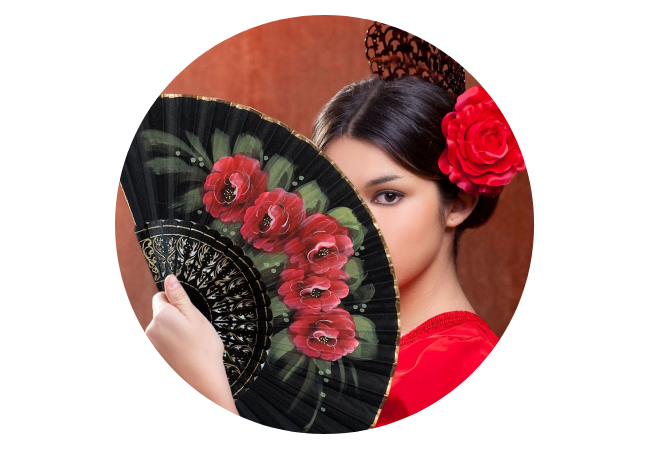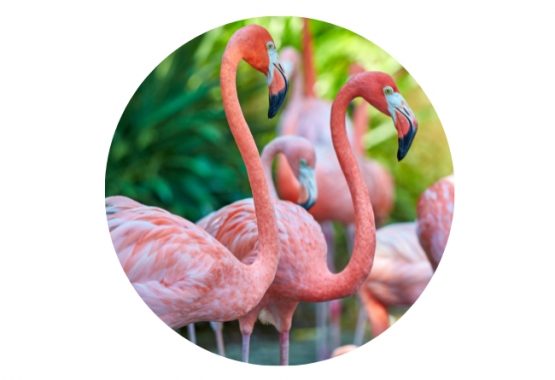Did you know that depending on how you hold the hand fan or its opening, it means one thing or the other? The language of the hand fan is very subtle and was used in Spain to communicate, especially with men.
The first hand fan in Spain dates from 1802 in Valencia and quickly became a must have among upper class women. Fans were hand crafted and hand painted with the most delicate motifs depicted on the garment.
Although in the beginning men also carried a kind of smaller fan, as time went by it was used exclusively by women. Gestures and movements that showed from unconditional love to jealousy. A game of glances with the complementary fan could be very suggestive. The language of the hand fan has survived to the present day.

Widely used between the 18th and 19th centuries, this series of gestures was used to communicate with suitors or friends. Painters such as Goya, Velazquez or Sorolla, among many others, have captured in their paintings the connection between a woman and her hand fan.
Nowadays, most of the artisans dedicated to the elaboration of fans are in Aldaya, Valencia. Some of these workshops are over 300 years old. Far from what it might seem, the making of a fan requires time and there are many people involved in the manufacturing process.
The hand fan is not just decoration, it is a trademark of Spain, and it became part of Spanish culture, and of course, a cheap way to keep cool in the heat. Cheap since the most affordable abanico (hand fan) can be purchased from 2€. However prices can go up to 500€ for really nice and vintage pieces.
Of many colors and styles, the fans are a must for the summer and for the flamenco world. Expressing your feelings through a fan is an art. Do you dare to learn the language of the hand fan?
The secret language of the Spanish “abanico’’
- Open fan over the chest showing the design “Yes”
- Open fan over the chest showing the back “No”
- Open fan covering one of the cheeks “I like you”
- Wave fan very fast: “I really like you”
- Wave fan very slowly: “I am not interested”
- Open fan covering your nose “I want to see you”
- Open fan covering your chin “I want to talk to you”
- Closed fan near the heart: “I love you”
- Open fan placed over lips: “Kiss me”






